Skinny tree for corner of house
Jayram10
11 years ago
Featured Answer
Comments (21)
Embothrium
11 years agoken_adrian Adrian MI cold Z5
11 years agoRelated Professionals
Ballenger Creek Landscape Architects & Landscape Designers · Aberdeen Landscape Contractors · Boca Raton Landscape Contractors · Dallas Landscape Contractors · Milford Landscape Contractors · Pleasant Grove Landscape Contractors · Pueblo West Landscape Contractors · Roseville Landscape Contractors · Spring Landscape Contractors · Raytown Landscape Contractors · Millburn Siding & Exteriors · San Antonio Siding & Exteriors · Fort Mill Decks, Patios & Outdoor Enclosures · Roseville Decks, Patios & Outdoor Enclosures · Salisbury Decks, Patios & Outdoor Enclosuresterrene
11 years agobrandon7 TN_zone7
11 years agoMike Larkin
11 years agoterrene
11 years agowhaas_5a
11 years agobrandon7 TN_zone7
11 years agolou_spicewood_tx
11 years agowhaas_5a
11 years agoEmbothrium
11 years agoilovemytrees
11 years agotreebarb Z5 Denver
11 years agosalicaceae
11 years agobrandon7 TN_zone7
11 years agobrandon7 TN_zone7
11 years agostrobiculate
11 years agoconon
11 years agosam_md
11 years agowhaas_5a
11 years ago
Related Stories

REMODELING GUIDESSkinny Columns Hold Their Own
Don't let their size fool you: Thin columns provide strong support and big visual impact
Full Story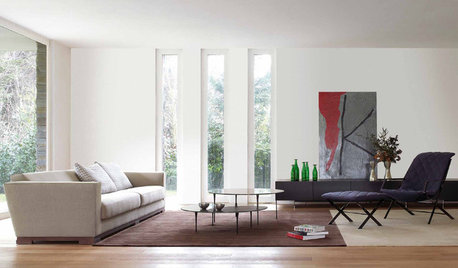
WINDOWSSkinny Windows: Exclamation Points of Light
Tall, narrows windows punctuate walls with light and well-curated views
Full Story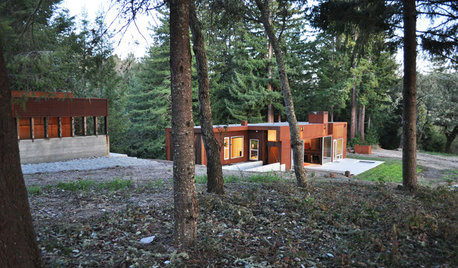
HOUZZ TOURSHouzz Tour: A Modern Getaway Nestled in the Trees
Nature views and bold materials star in a California vacation house for Chicago newlyweds
Full Story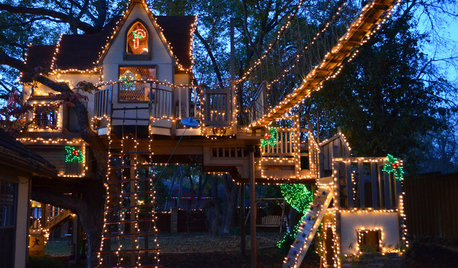
MOST POPULARA Magical Tree House Lights Up for Christmas
From the Most Popular file: An incredible tree house takes things up a notch for the holidays. See how it came to be
Full Story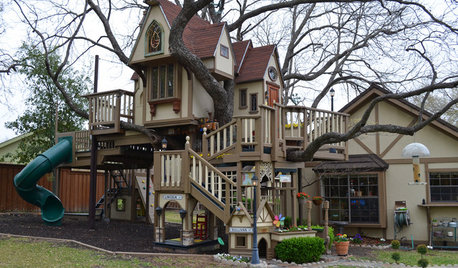
MOST POPULARThe Most Incredible Kids' Tree House You'll Ever See?
Duck your head to enter this unforgettable Dallas wonderwork, lovingly crafted with imaginative delights
Full Story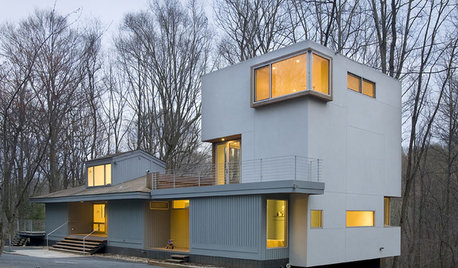
REMODELING GUIDESCorner Windows Bend Imagination
Whether we can see inside or only guess what's behind them, corner windows are a dramatically different take for home exteriors
Full Story
CHRISTMASReal vs. Fake: How to Choose the Right Christmas Tree
Pitting flexibility and ease against cost and the environment can leave anyone flummoxed. This Christmas tree breakdown can help
Full Story
HOMES AROUND THE WORLDHouzz Tour: Family House With a Surprise Around Every Corner
If houses could smile, this 1903 New Zealand villa might have the biggest grin of them all
Full Story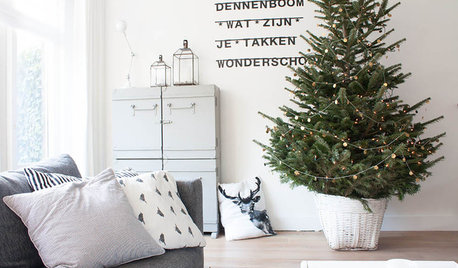
HOLIDAYSHouzz Call: Show Us Your Christmas Tree!
How lovely are your branches? Post a picture and share your stories
Full Story
GARDENING GUIDES5 Best-Behaved Trees to Grace a Patio
Big enough for shade but small enough for easy care, these amiable trees mind their manners in a modest outdoor space
Full StoryMore Discussions







ken_adrian Adrian MI cold Z5